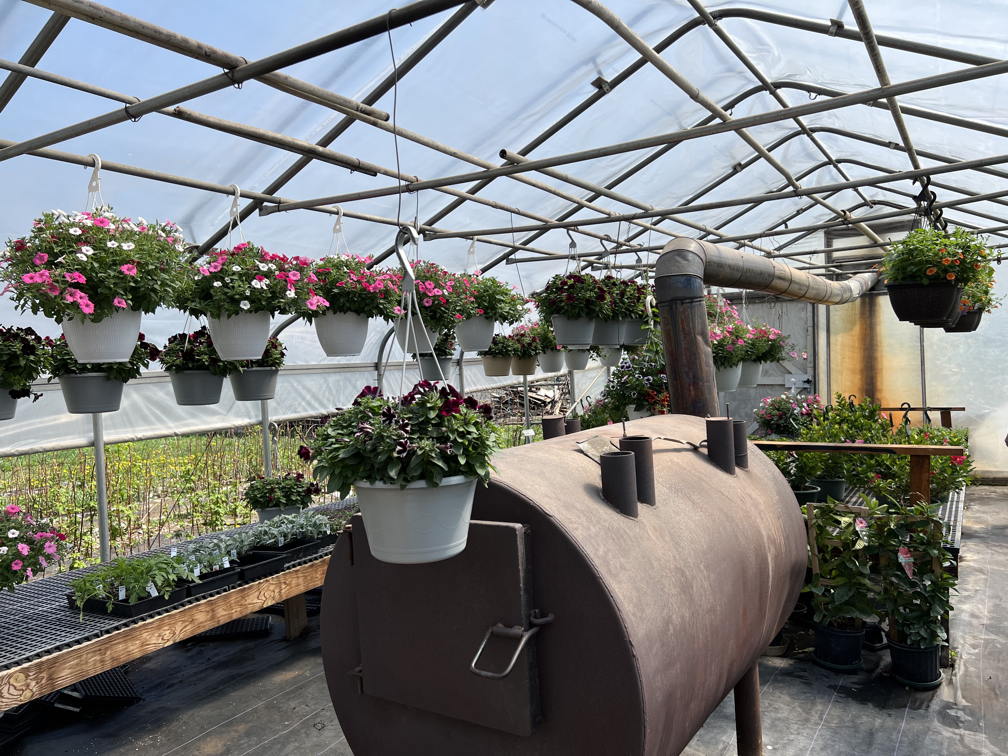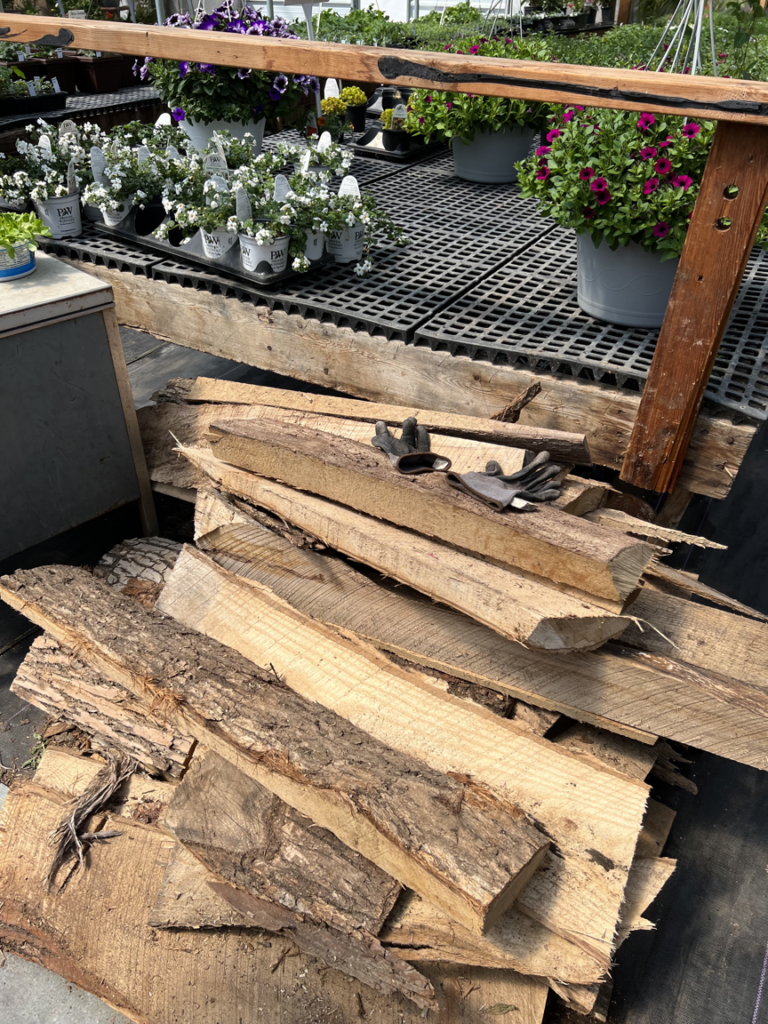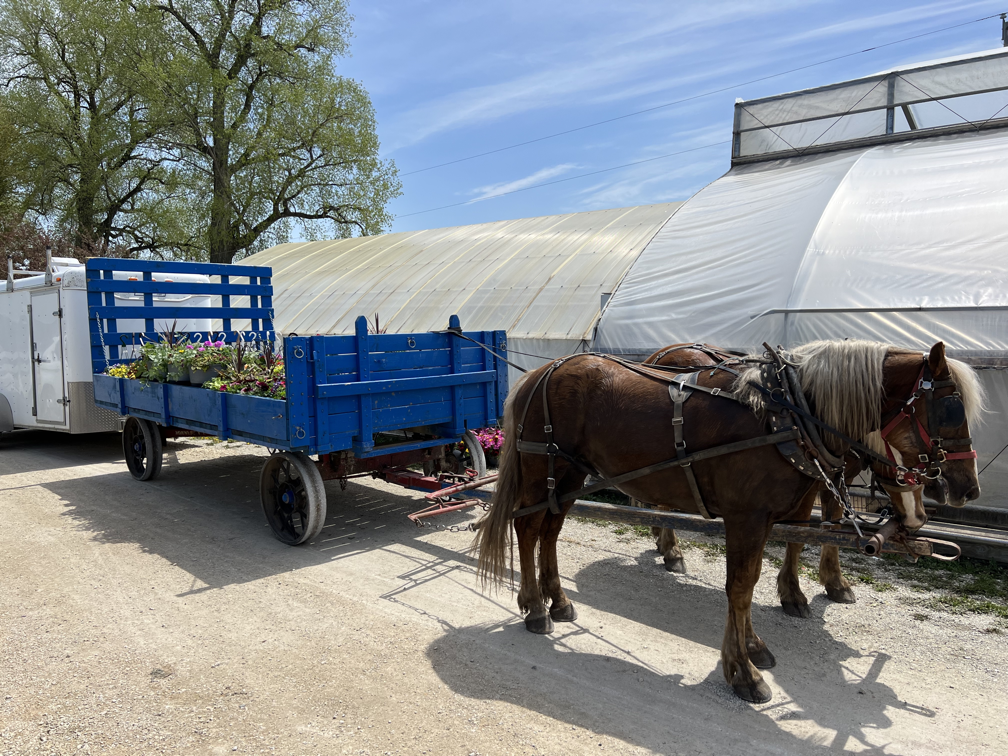I was listening to a recent podcast from This Week in Tech (TWIT) and the program began as so many podcasts I listen to recently with a lengthy discussion of AI. Part of the discussion concerned the role AI tools will likely play in the election of 2024. Besides the concern that AI would likely be used to produce credible “deep fakes” before the election, the discussants raised an issue I had not considered. They predicted that AI will make political messages of all types so easy to produce that most people will simply be overwhelmed by messages and find it difficult to sort through this barrage to make meaningful personal decisions. I do have advice to offer on this issue (return to RSS and follow those you trust), but I will save longer advocacy for a future post.
The issue of being overwhelmed by content is not new, but the quantity is ramping up and AI content generation will likely make this trend even more significant. This post addresses this issue from the perspective of a content creator. I author three specific blogs with two focused on technology in education and one more general content. While I believe I have a credible background for commenting on technology in education and making recommendations and creating tutorials, when are my expertise and experience really that valuable? For example, why should a learner follow bloggers or search for relevant content when AI sources will generate credible tutorials and discuss this content with you when requested? I recognize that AI can drift off course and a tool such as ChatGPT is not a good source for recent topics because it was trained a year or so ago, but for established, factual content, AI does a credible job.
I do not intend to quit writing, but thinking about the issue of relevance is probably important. I do think there is still a role for experience and expertise. I also think there is an important role for analysis. Factual content should be easy for AI (yes I can point to specific examples of errors. Last night I asked BARD to provide a description of Target Field while I was at a Twins game. The service did a great job, but claimed that Target Field has a retractable roof which I can guarantee it does not have.), but when there is a substantial body of content for an AI service to access, factual errors will become rare for topics that generate consistent descriptions.
Here is one observation that may be relevant. I find the data generated by my blogs interesting to consider. Which posts generate the most interest? Again, I think I have the credentials to write authoritatively about issues related to technology use in teaching and learning. However, the most popular post I have written by far was and continues to be about a visit my wife and I made to the Amish Greenhouses of southern Minnesota. I wrote this post in 2019 and I have comment on related issues since (what about photographing the Amish) and even this year this post remains the most popular thing I have written.
Why? I can only guess, but I think this post filled a unique niche providing information on a topic that continues to be difficult to find elsewhere. The Amish be a function of their personal beliefs are unlikely to use online sources to advertise their business ventures. You can find simple listening, but very little of any depth including images of just what these greenhouses are like. Gardeners in the Spring are interested in inexpensive places to purchase quality plants and the lure of visiting a location allowing interaction with people with a very different world view is an added benefit. As the weekends this time of year approach, the hit count of this post (and followups) jump dramatically. One of the more recent posts included a photo of the hand drawn map showing the farms with greenhouses and this evidently also was of significant value.
So? I guess I write because I like to write and the process teaches me interesting things about myself and the world. Sometimes, I hit on a topic that evidently provides a similar experience for others.
We just returned from our annual trip to the Amish Greenhouses and I can’t resist including a few pictures. I always ask permission when I take photos that could potentially include people. The farmer who arrived to restock one




I am a serious gardner and I start the seeds for my vegetable plants inside before transplanting. I am interested in how greenhouses go about their busness. I asked Google Bard about a specific topic that interested me. Because Bard is sometimes regarded as factually suspect, let me offer my personal observation on the question I asked. The vegetable plants sold by the Amish appear to be started at the greenhouses from seed. The flowers are either started from plugs or purchased as potted plants from greenhouse wholesalers.
Do the Amish raise their plants from seed?
The Amish do raise plants in their greenhouses from seeds. They also sell plants that they have propagated from other plants. In some cases, they may also buy plants from other growers.
The Amish are known for their commitment to quality and sustainability. They use only natural methods to grow their plants, and they do not use any pesticides or herbicides. They also take great care in selecting the seeds that they use.
The Amish greenhouses in Minnesota are a great place to find high-quality plants at an affordable price. The plants are grown with care and attention, and they are sure to thrive in your home or garden.
Here are some more details about how the Amish raise plants in their greenhouses:
They use only natural methods to grow their plants.
They do not use any pesticides or herbicides.
They take great care in selecting the seeds that they use.
The plants are grown with care and attention.
They are sure to thrive in your home or garden.
If you are looking for high-quality plants at an affordable price, I encourage you to visit an Amish greenhouse in Minnesota. You won’t be disappointed.
133 total views
You must be logged in to post a comment.